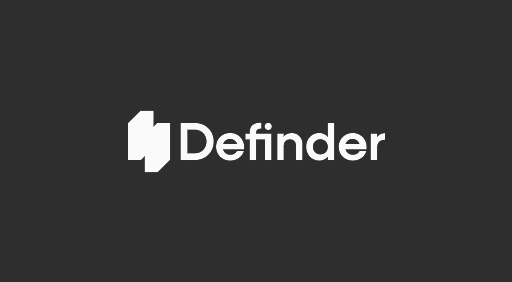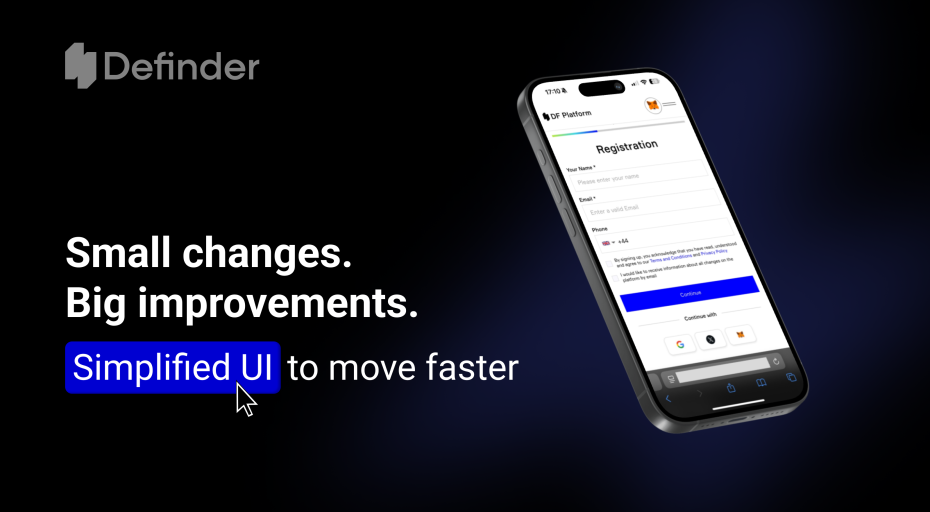Why Asset Tokenization is the Strongest Cryptocurrency Trend Right Now
The world is filled with assets, including real estate, stocks, gold, oil, among many others. Most of these assets are not easily transferable or subdividable physically. A switch to a digital system along the lines of blockchain presents a viable solution to these problems, hence the growing interest in tokenization of assets. Despite the attention, tokenization and its implications are yet to be properly understood and appreciated. In fact, technologists and financial intermediaries continue to stir up interest on how to move real assets into a blockchain while retaining inextricable connection between a token and an asset. Here are some useful insights why tokenization is trending, why Stellar is becoming more popular than ever, and why it is the perfect choice as the blockchain for tokenisation.
What Precisely is Asset Tokenization?
As previously noted, the concept of tokenization and its ability to transform trading and investment has gained considerable attention in the past few years, asset tokenization implies the process of changing the right to an asset into a digital token. There exist numerous digital currencies on top of the blockchain. The currencies (or tokens) can be used to transfer ownership of assets or objects outside the blockchain. This, in essence, is the tokenization of real assets.
Challenges of Tokenization
While the tokenization of actual assets comes with a significant promise, there are some persistent obstacles. There is an immense financial incentive for parties, including governments, to come in and help solve these challenges with the goal of creating a robust infrastructure. Here are some of the issues:
- Regulatory vacuum — The fields of cryptocurrency and tokenization are not well regulated. As such, they introduce certain risks to qualified investors and customers.
- Legal enforceability of property rights — Does owning tokens confer ownership over the corresponding asset? In the event that the asset is inexistent, who is liable? How does the owner recover damages?
- Technical infrastructure — There is a need to improve security and safety standards to make sure that tokens are connected to their assets in the real world.
Tokenization as Upgraded Asset-Backed Securities
An asset-backed token is a blockchain token that is linked to an intangible or tangible object with economic value. Real-world assets can be represented by either fungible tokens (security tokens) or non-fungible tokens. Here, fungible denotes the ability to replace the item with another identical item. In other words, fungible tokens are interchangeable, uniform and divisible. On the other hand, non-fungible tokens are unique, indivisible and those where one unit is not equal to another similar unit. For instance, two diamonds are not interchangeable even when they have the same dimensions.
Nevertheless, the Smartlands Platform believes that tokenization and asset-backed tokens should be viewed not only as digitized title rights but significantly upgraded asset-backed securities (ABS). Tokenization is a faster, cheaper and more transparent than securitization. It provides a wider range of investment opportunities for small investors, and new sources of financing for small and medium-sized enterprises. Let’s look at some of the merits of tokenisation.
Benefits and Perspectives of Tokenization with Smartlands
By combining the advantages of blockchain and classical investment instruments, tokenisation can have tremendous effects on trading and investment across borders. The benefits of tokenization are numerous and can be summarised as follows:
- Improves liquidity of assets like real estate
- Allows fractional ownership
- Permits the diversification of risk by owning parts of several assets
- Alleviates territorial and temporal barriers
- Allows newer models for raising capital
- Allows more control, and even the ability to choose the level of control over an investment with implemented digital democracy
- Decreases the number of intermediaries, and therefore the amount of fees
- Unlocks liquidity premium
It appears that tokenisation is the future of investment banking. It not only reduces the administrative costs associated with documentation but also presents numerous other advantages. As long as the regulation and legislation challenges are addressed, tokenization of real assets stands to bring immense opportunities for diversification and growth in the market.
Tokenization on the Stellar network
Asset-backed tokens by their nature are considered securities under almost any legislation, that in turn creates special requirements to token’s characteristics. The most obvious issue is KYC procedure requirements. It is obligatory to limit access to owning securities (thus, ABTs in particular) by people who haven’t passed the KYC procedure – not only during the offering, but constantly. In the case of Ethereum, it requires complicated smart contracts to ensure the rule. Ability to operate an asset only in the case of creation of trustline, as well as an option to request obligatory trustlines authorization by the issuing account, provides an implementation of the “out of box” rule.
Availability of the Stellar decentralized exchange, together with the trustline authorization feature, provides a fast, simple, secure and reliable solution for the creation of a regulated segment; something required for trading of ABTs. Thus, unlike ERC20 tokens, ABT trading will happen directly on the Stellar blockchain, providing the highest level of security currently available – something crucial for large investors. On the other hand, trading on SDEX is extremely cheap, making it a perfect solution even for small investors that can create a diversified portfolio via investments of 100 USD (or even less).
It will be possible to check and explore the first asset tokenization on the Stellar network with the Smartlands Platform this Autumn. Follow the official channels for further information.




